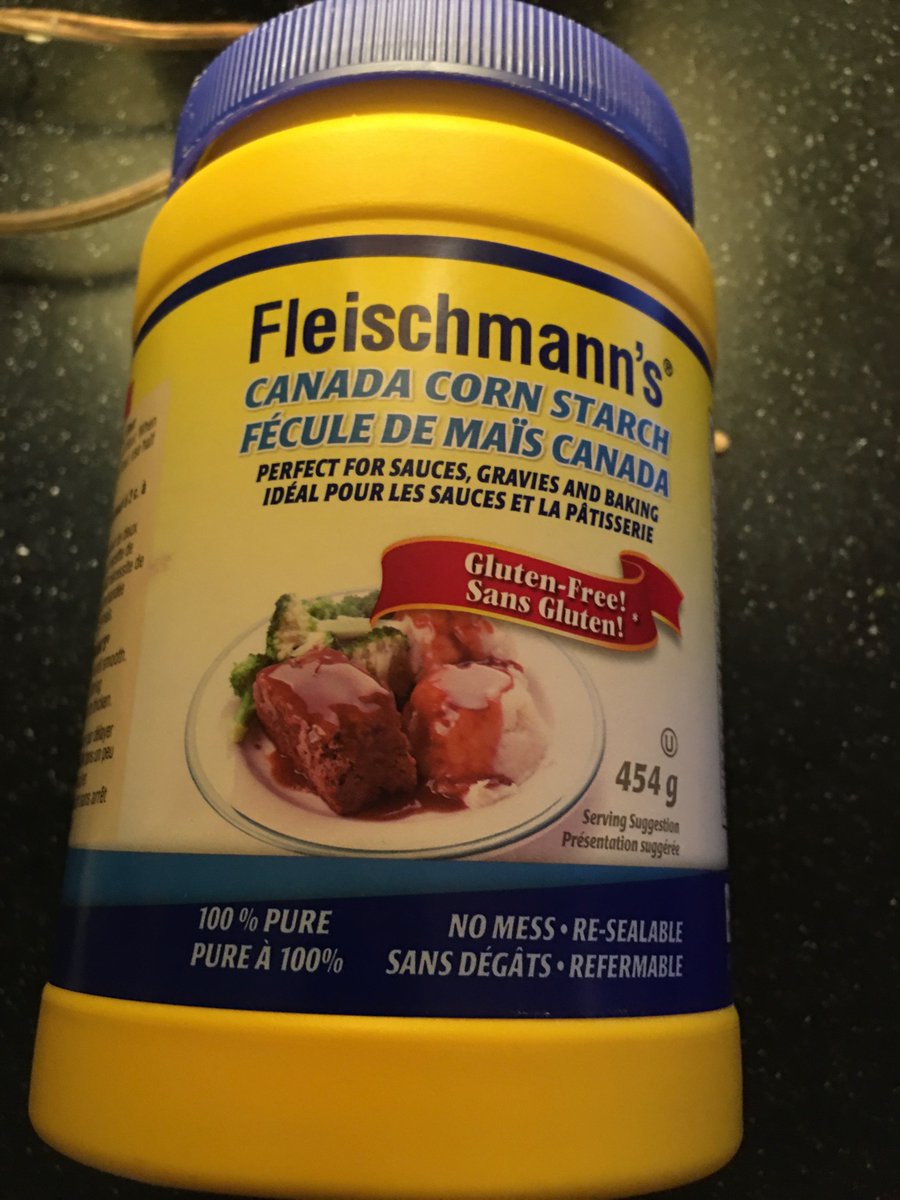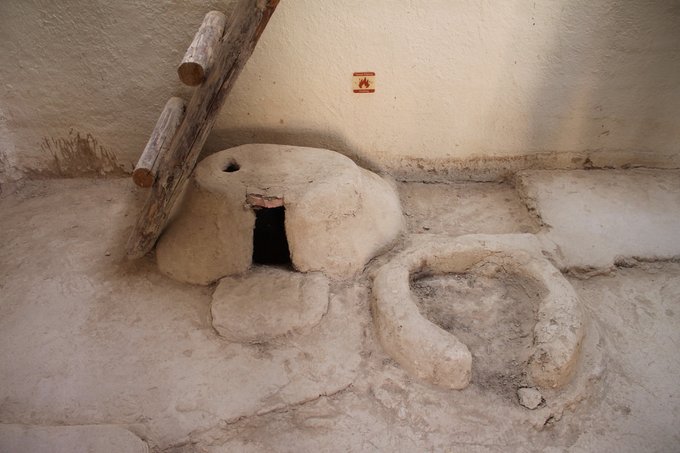After making my own garum, I've put it to good use making a 2,000-year-old recipe: Aliter lenticulam ("Lentils Another Way") from Apicius.
Definitely the best lentil dish I've ever made—and incredibly unusual flavour palate. The Romans were on to something! Here’s how I did it…
Definitely the best lentil dish I've ever made—and incredibly unusual flavour palate. The Romans were on to something! Here’s how I did it…
Here's the whole recipe. No measurements provided! The recipes in Apicius, attributed to a 1st-century AD gourmand, are short on details...and literary style. 

"Cook the lentils, skim them, strain..."
Keeping it Mediterranean, I used Greek lentils, about 300 grams, soaked overnight (not in the recipe, but, c'mon!)
Keeping it Mediterranean, I used Greek lentils, about 300 grams, soaked overnight (not in the recipe, but, c'mon!)

"Crush coriander seed..."
OK, about 20 grams should do.
Using this hand-grinder I picked up in #Istanbul, no need to go electric

OK, about 20 grams should do.
Using this hand-grinder I picked up in #Istanbul, no need to go electric


"Flea-bane, laser root..."
Damn, all out of flea bane. And the good laser (aka silphion from Libya) is in short supply, so I'm going to have to resort to Parthian laser, aka asafoetida, aka hing, aka the "devil's dung." Yes, it stinks (like a fart, as my 10-year-old tells me.)
Damn, all out of flea bane. And the good laser (aka silphion from Libya) is in short supply, so I'm going to have to resort to Parthian laser, aka asafoetida, aka hing, aka the "devil's dung." Yes, it stinks (like a fart, as my 10-year-old tells me.)

After boiling the lentils and skimming off the scum, I’m adding the leeks, which I sautéed in olive oil (from Crete!) with a quarter tsp of devil’s dung
“Reduced must…” or defrutum; closest equivalent is saba, like balsamic vinegar before it’s soured, picked this up in #Rome (makes really good syrup for cocktails!) 

"Stir the purée until it's done..."
Good you be a little more specific, Apicius buddy?
OK, it's taking about 45 minutes.
Tossed in some fresh mint, even though it calls for mint seeds, nobody's perfect...
Good you be a little more specific, Apicius buddy?
OK, it's taking about 45 minutes.
Tossed in some fresh mint, even though it calls for mint seeds, nobody's perfect...

And here's the coup de résistance: the liquamen (aka garum). I made this myself, took four months to ferment, from Portuguese sardines—see my earlier thread for the how-to. Using 2 tbsp of this precious stuff—there will be no need to add salt! 

"Amulo obligas" Bind with roux...often interpreted as cornflour. Of course corn/maize is Mesoamerican, so the Romans never used it...but I'm getting hungry here, so look the other way, purists, I'm using ye olde corn starch. 

Tasting, tasting...(with a slice of my own sourdough, made with khorosan/kamut, one of those soi-disant ancient grains) and...wow. 

That is complex. That is weird. That is great. There's a deep umami thanks to the garum. The hing brings something musty and onion-y. Sweet, fishy and salty—more like a SE Asian flavour palate than anything Italian.
If you're looking to recreate, here's ingredient list, from Sally Grainger's Cooking with Apicius. (Thnx Sally!) Assembling what you need is half the fun. If you don't have garum, use best quality nuoc mam or nam pla you can find. You can make defrutum by boiling down grape juice 

A couple of hours on a snowy Sunday well wasted. De gustibus non disputandum est, Roman lentils are tops!
Pièce de résistance, of course! (Seems I invented a new coup...)
• • •
Missing some Tweet in this thread? You can try to
force a refresh






























